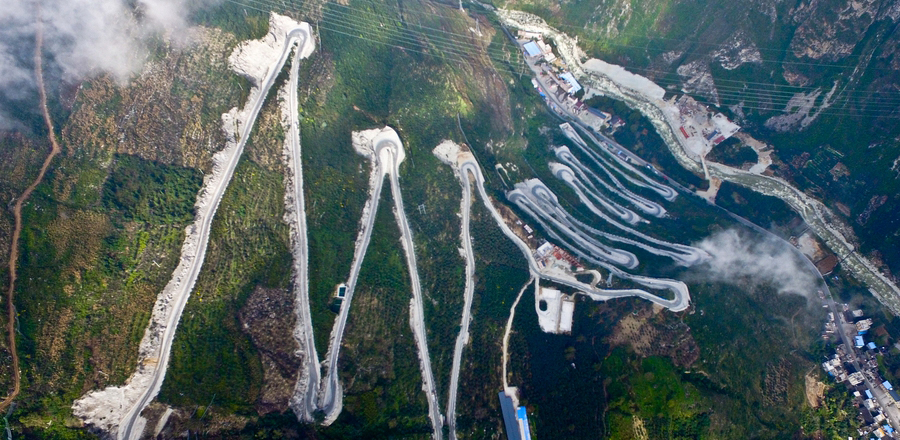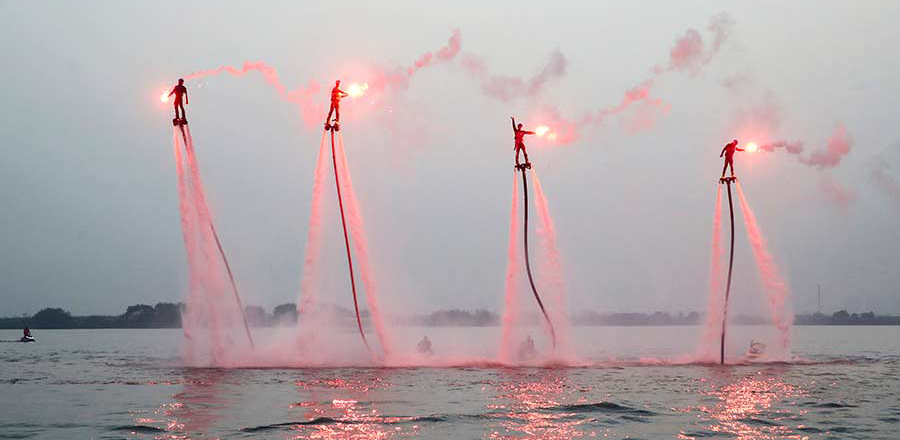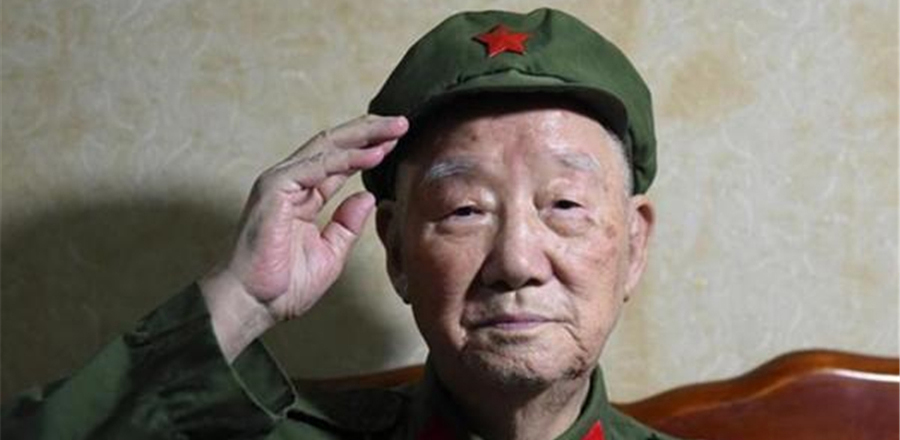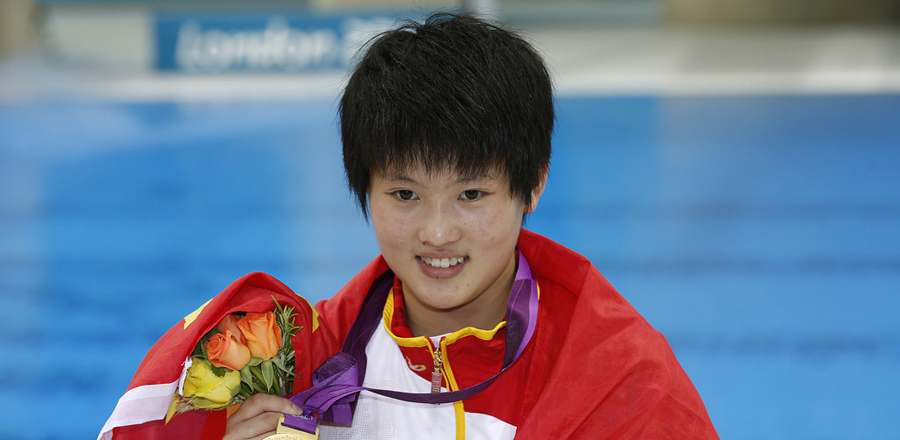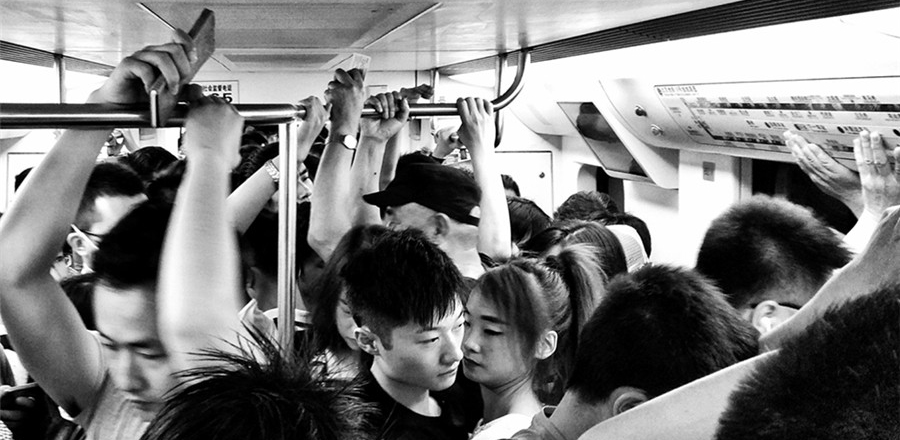
NANCHANG -- Ryan Labar, an American artist, carefully wipes his ceramic sculptures as he greets visitors in his ceramic studio in eastern China's Jiangxi province.
Labar is among the first group of foreign artists to start a workshop in Taoxichuan, a ceramic-themed avenue that opened Wednesday in Jingdezhen, China's ceramics capital.
"I put my workshop here because I saw the scope of the project," said Labar, who arrived in the city a year ago and has since worked at Taoxichuan International Studio, a government-funded program with an annual budget of 900,000 yuan ($133,000).
The program sponsors foreign artists to work in the studio for three to four months, but Labar chose to stay.
Partnering with a young Chinese businessman Wang Jusi, Labar established Lab Artz, a 260-square-meter workshop where he plans to house more artists and offer ceramics classes.
"More and more artists are coming to be part of the avenue and help build it up," said Wang, who also wrote the business plan for Lab Artz. The space is rented from the government for a very low fee.
Taoxichuan offers preferential renting rates for young artists and foreign artists, said Liu Zili, general manager of Jingdezhen Ceramic Culture Tourism Group, a state-owned enterprise and developer of the avenue.
In the evening, not far from Labar's studio, people swarm around the booths that line both sides of the avenue to buy ceramics. These booths are rented to college students and young artists for free, Liu said.
Over 3,000 people have signed up for the booths. "It is a place for young artists to build their dreams," Liu said.
CREATIVE POTENTIAL
Taoxichuan was once the site of 10 thriving ceramic plants in Jingdezhen, a city with a 1,700-year history of making porcelain.
The plants, built 60 years ago, were once important porcelain export bases, but they suffered from drastic drops in profits in the 1990s and employees were laid off as the plants became deserted. However, in 2014 the local government decided to renovate them to revitalize the area.
Over 450 million yuan has been invested in the avenue so far, turning it into an art community bustling with workshops, cultural centers, galleries, restaurants and hotels.
At the opening ceremony of the Scandinavian Center in Taoxichuan on Wednesday, over 50 artists from 14 countries were present.
"This place was dust and earth a year ago," said Anna Mellergard, one of the Swedish founders of the center. "But now it's a popular meeting place for artists and students."
At the avenue, most buildings feature a combination of old red-brick factory walls and renovated glass with black steel bezels.
The original walls were intentionally kept during the renovation so "when former workers come here they can still talk about their old jobs and reminisce about the past with their children," Liu said.
The respect toward craft and tradition, and the interest in dialogue with Western culture gives this city great creative potential, Labar said.
"Art is about finding potential and this place is bustling with it," Liu said. "Now over 140 businesses have settled in the avenue, taking up 89,000 square meters, filling over half the space, and the annual revenue is about 90 million yuan."
